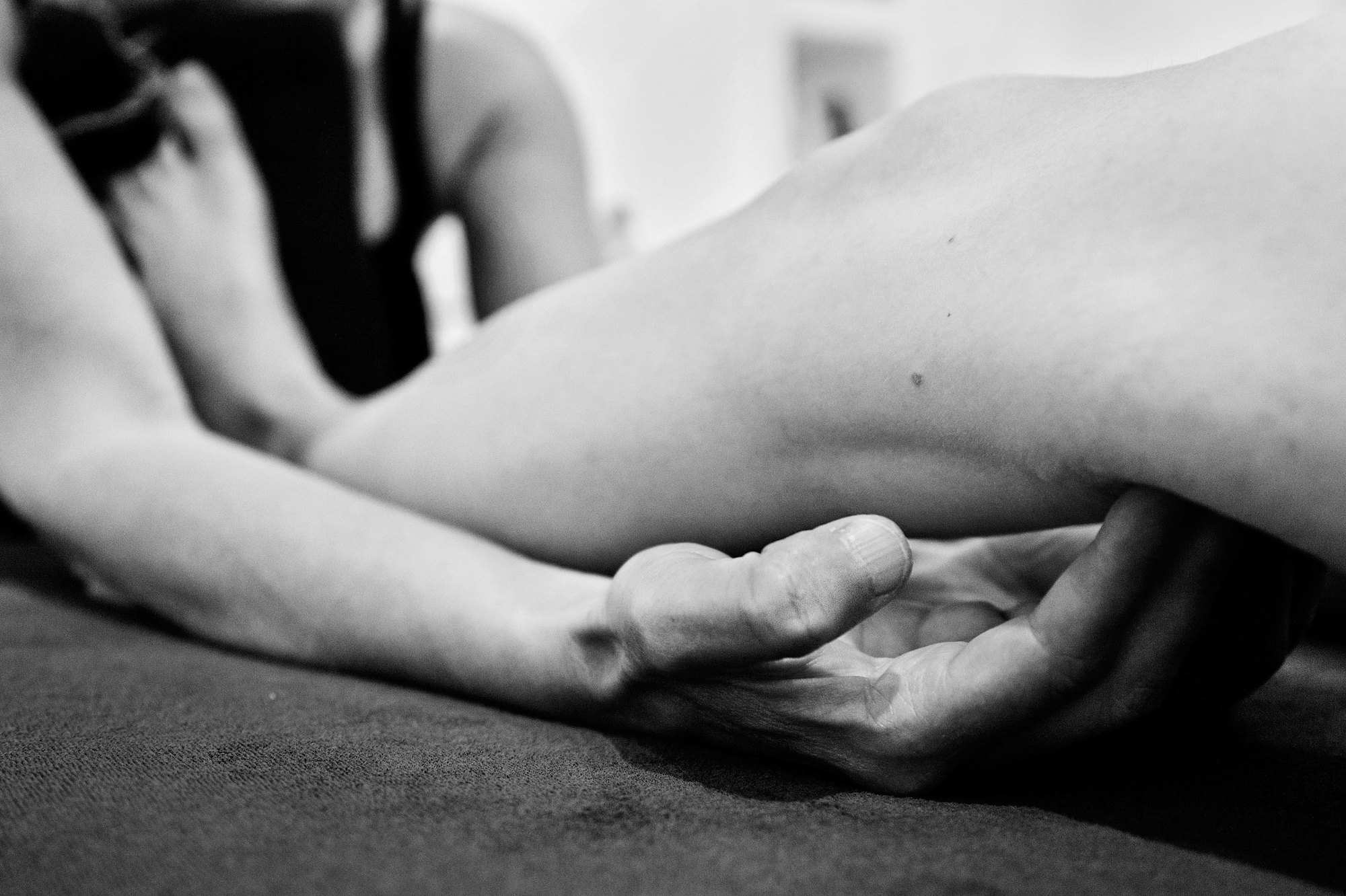
About Rolfing Structural Integration
This method was developed by Dr. Ida P. Rolf. One of the most intelligent and effective methods to improve the body efficiency in every day movement, to deal with músculo-skeletal and myofascial pain, to address postural issues and to optimise performance of physical activities .
The classical Rolfing Structural Integration Method consists on 10 sessions that aims at inviting your body to realign in the gravitational field, reorganising your posture in a natural and effortless way. One off sessions are also effective at dealing with specific issues.
The techniques used are mainly a combination of myofascial touch, visceral and proprioceptive/perceptual work.
Recent research by Dr. R. Schleip shows how fascia /connective tissue envelops and interpenetrates different tissues such as muscles, ligaments, tendons, bone and organs' coverings, etc. and has a paramount role in providing our nervous system with sensory input. It appears that connective tissue is our most sensitive organ of perception. There are more than 100 million of sensory nerve endings in the body wide fascial network in humans, richest than the sense of seeing!
Certain areas have a vast amount of nociceptors (pain receptors) such as the thoracolumbar fascia which is the sheath of connective tissue that wraps the lower back. It might be that the cause of a high proportion of low back pain is due to fascia more than to muscle. Ultrasound imaging shows how in people with lower back pain the fascial layers are not able to slide as smoothly on each other, like they do in people with no lower back pain.
Also it has been found how Structural Integration techniques based on sustained slow strokes improve the capacity of the fascial tissues to slide and to increase their capacity to rehydrate. Hydration of the soft tissues is necessary for easy sliding and cell's health.
Since the method was first developed by Dr. Id Rolf in the 1940`s, it was believed that the reason why the Rolfing Structural Integration approach was so effective at reorganising the human body in the gravity field with so many beneficial results, was because of the mechanical forces that the rolfer used to work with the soft tissues. Nowadays, the method is more based on the latest scentific discoveries, addressing fascia more as a sensory organ by waking up new possibilities of optimal function and integration. The touch should feel good and welcomed at all times.
It aims not just at achieving relaxation although relaxation happens as a by-product of having invited changes towards a more healthy and integrated system. When the body is in an optimum relationship with gravity, habitual holding tension tends not to be needed anymore. And so the nervous system can "relax".
It is been found by recent research that there are more benefits when the client is engaged in the session by being aware and perceiving changes, sensations, etc. Thus, the client participates actively in a session by just being present or by doing certain movements to enhance the work.
Oil, creams or other mediums are rarely used. This allows for a much more efficient touch and hold on to the soft tissues and for a deeper, pleasant and effective contact than that of an oily superficial stroke.